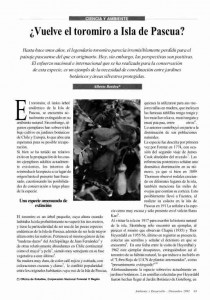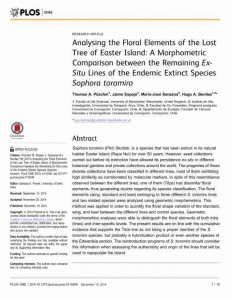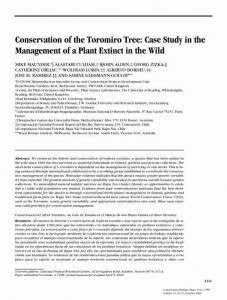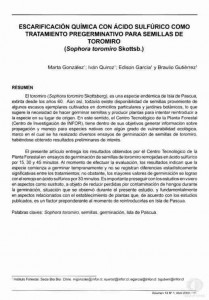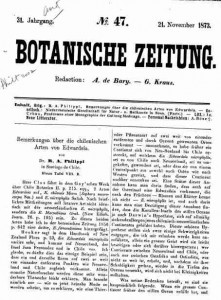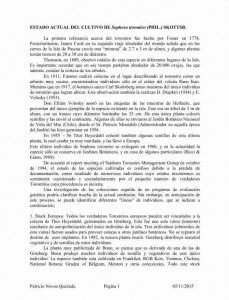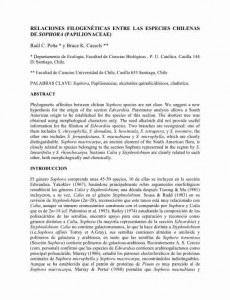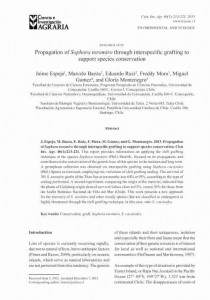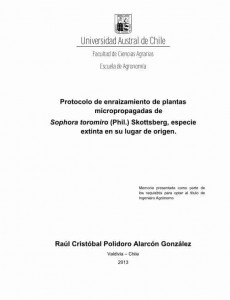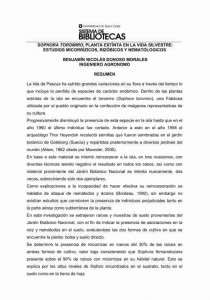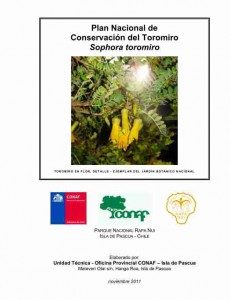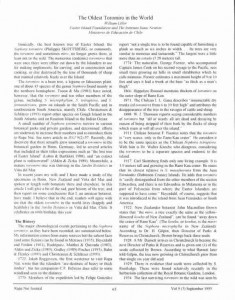En esta sección se ofrece un conjunto de documentos que tratan específicamente sobre toromiro; pueden visualizarse en el navegador o descargarse.
A fin de promover y facilitar el estudio e investigación del Sophora toromiro, diversos colaboradores han aportado artículos y otros documentos que constituyen referencias útiles para profundizar en diferentes aspectos de la biología y ecología de la especie.
Se agregarán documentos en la medida que se hagan llegar al portal.
La mayor parte de los artículos están escritos en inglés y español y son de carácter científico.
Aporte de artículos
Quienes deseen hacer disponibles publicaciones científicas o técnicas sobre el toromiro, pueden enviar los archivos al portal, en cualquier formato común, usando el formulario al final de esta sección.
Baja de artículos
Si considera que alguno de los artículos que figuran aquí no debería estar por cuestiones de derechos de autor, por favor informarlo usando el formulario al final de esta sección y será bajado a la brevedad.
Correcciones
Si desea corregir alguna información de este repositorio, referida a alguno de los artículos, use por favor el formulario al final de esta sección y envíenos sus comentarios.

